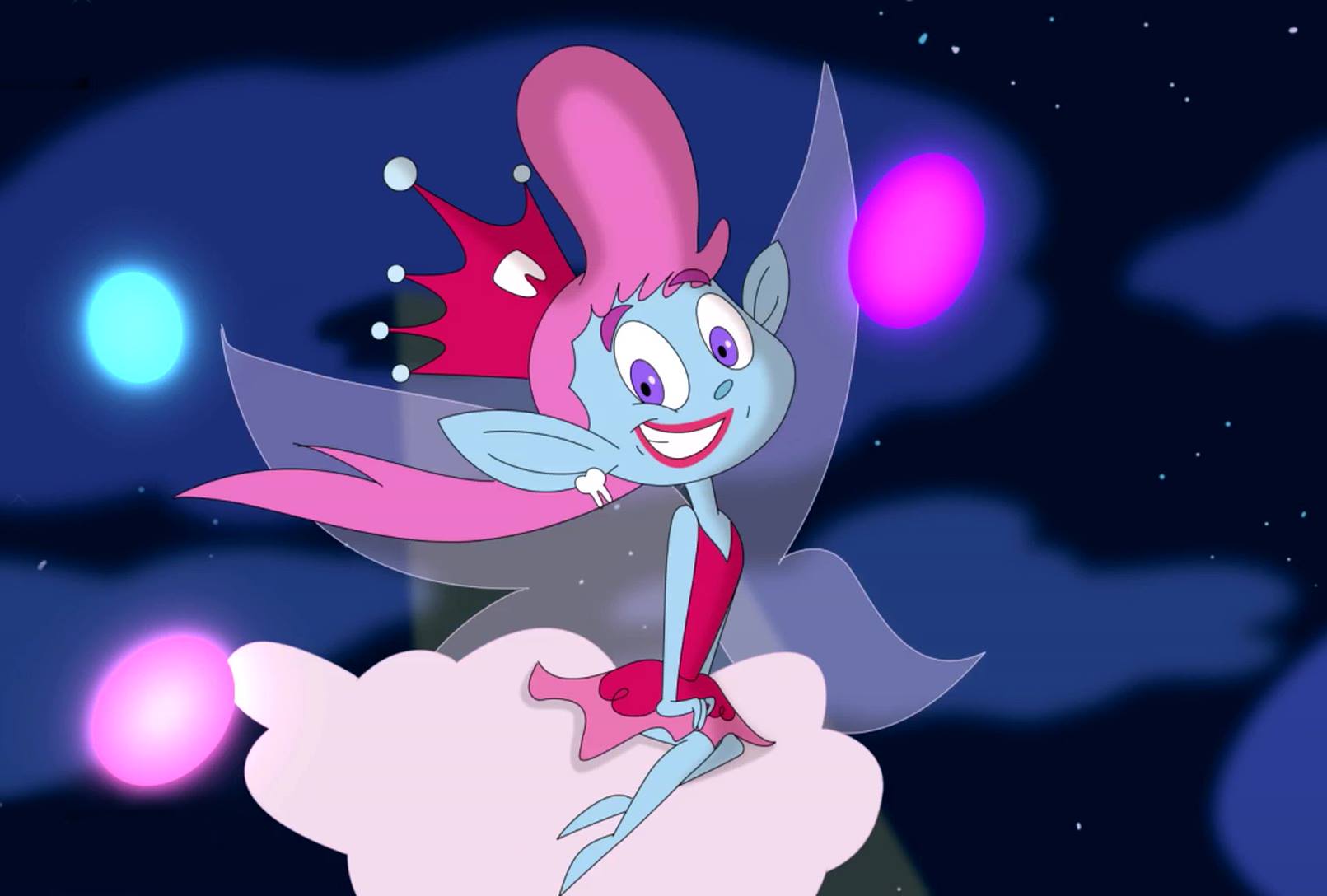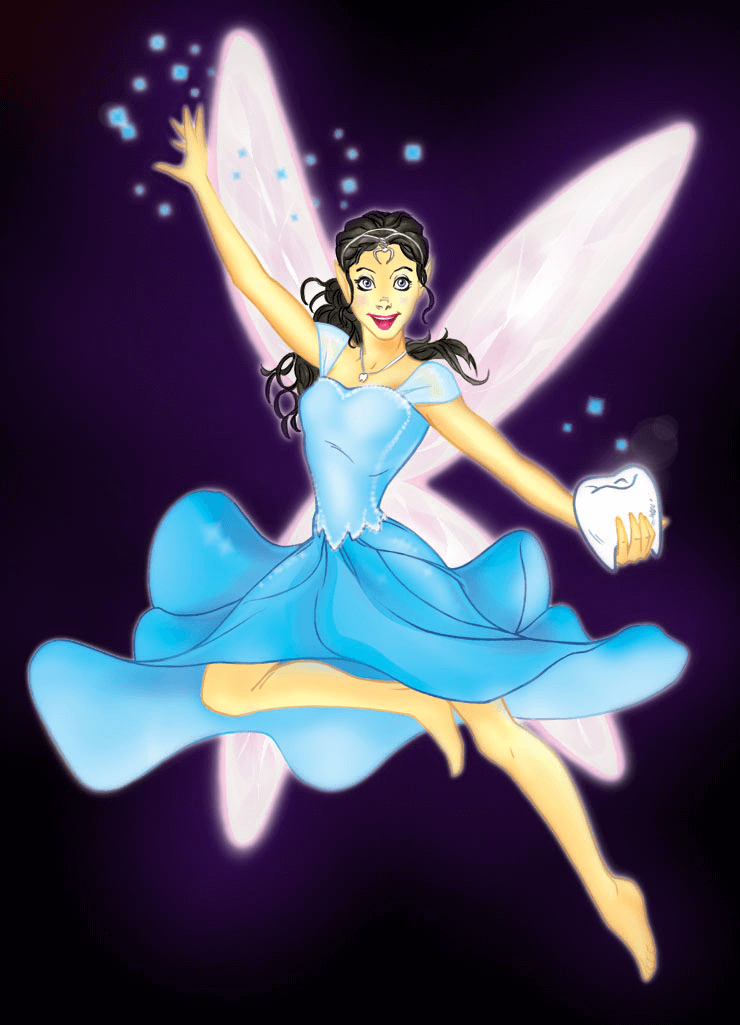

In most households, the Tooth Fairy removes the baby teeth in exchange for money. She has taken many forms, ranging from animals and birds, to looking more human-like similar to the fairies of modern pop culture. Unlike other popular legends, no one knows exactly what the Tooth Fairy looks like.

Then, with the popularity of Walt Disney fairy characters, the idea of the Tooth Fairy took off and was embraced by most households. It’s believed that the Tooth Fairy children wait for today is a mix of the idea of the mouse that sneaks into the child’s room, married with a good fairy, European legends whose stories made their way to North America as Europeans began immigrating across the Atlantic. Oral references to the Tooth Fairy date her at right around the turn of the 20th century, with her first appearing in print in 1927 in a playlet written by Esther Watkins Arnold. This ritual involves offering a lost baby tooth as a sacrifice to a rat or mouse, in hopes that the child’s adult teeth will be as strong as the rodent’s teeth are thought to be.īut where did the Tooth Fairy we know and love today come from? She’s a relatively modern character, in the mythological world anyway. In these traditions, the mouse takes the lost baby teeth, leaving in exchange money or another small gift.Īnother ritual that is associated with the image of a mouse has been documented in many cultures, including in Russia, Mexico and New Zealand. Spanish speaking nations have Ratoncito Perez. In France, this is known as La Petite Souris, and the mouse appears in folktales dating back to the 17th century. Russia, Spain and some Asian countries, there is the tradition of a mouse who enters children’s rooms at night to remove their lost baby teeth. These Vikings would then often carry their children’s teeth with them into battle as a source of good luck.”

The early Europeans invented a tradition called tand-fe, or tooth fee, for a child’s first tooth. “In early Norse families, when a child lost a baby tooth, it was buried because it was believed that could prevent hardships for the child in the next life. “Many ancient societies had myths associated with teeth,” says Dr. While the Tooth Fairy we love today is a relatively modern invention, she is rooted in some ancient beliefs related to our teeth, says Ottawa family dentist Dr. Ottawa, ON – Do you think back on your childhood and fondly remember tales of Santa Claus, the Easter Bunny and the Tooth Fairy? Chances are good you know how the first two originated, but what’s the story of the tooth fairy? She pops up in most anglo-based societies, but where did she come from?


 0 kommentar(er)
0 kommentar(er)
